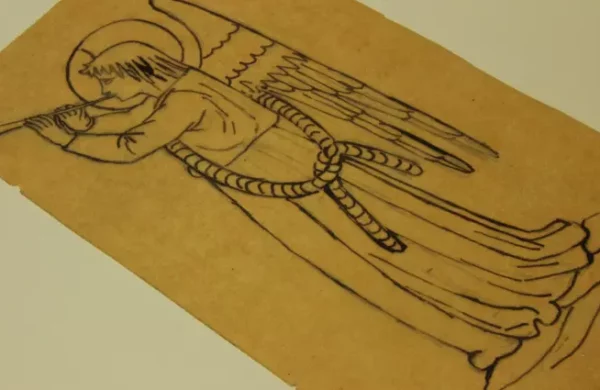
Design Options for Christmas Set
Design Options for Christmas Set Tonight there was a little extra time to pull out the box of vintage Ecclesiastical Embroidery patterns. Now, these are not just any old… Read more Design Options for Christmas Set →

Design Options for Christmas Set Tonight there was a little extra time to pull out the box of vintage Ecclesiastical Embroidery patterns. Now, these are not just any old… Read more Design Options for Christmas Set →
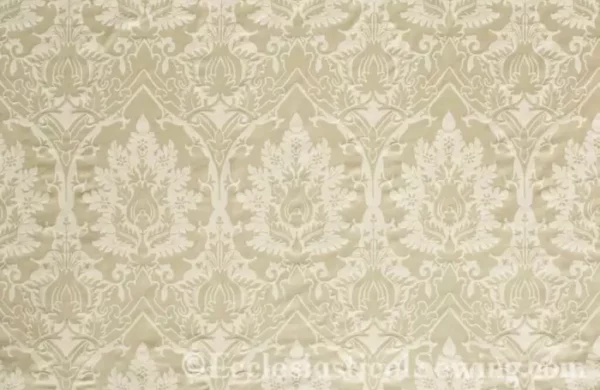
Thinking about a special Christmas project with white and gold colors. Considering silk with gold trim or metallic fabric for the budget friendly project.
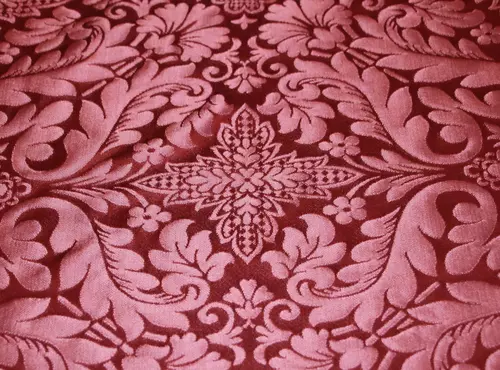
Brocade: Heavy fabric with raised designs woven on a jacquard loom, suitable for liturgical items like stoles and chasubles. And Damask: Reversible fabric with intricate designs, woven on a jacquard loom, creating a shiny background. Often made from silk, cotton, wool, or rayon.
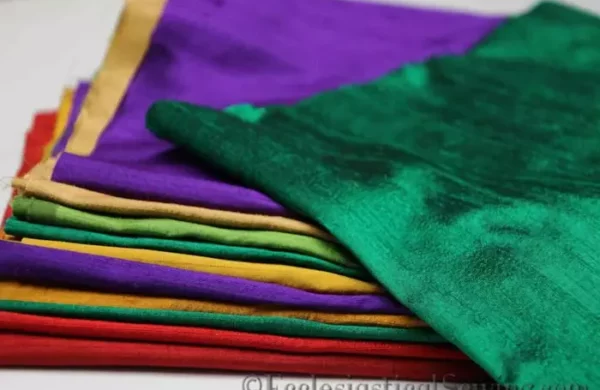
New Ecclesiastical Sewing Patterns in the making -New Liturgical Embroidery Designs.
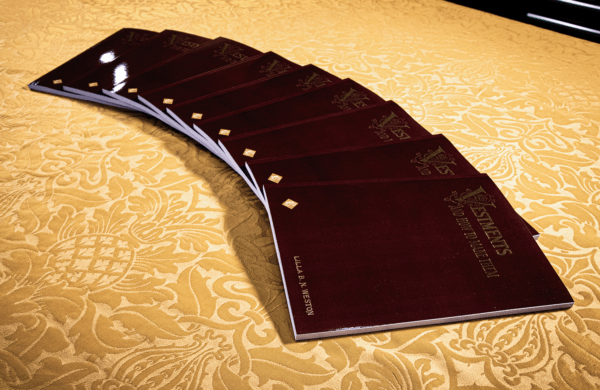
This book is written with the primary idea of promoting a more reverently industrious spirit among the people of our parishes. Incidentally the making of Vestments by the women of the parish saves a great deal of needless expense; but it also brings all those who assist in such work into closer touch with the Church, her meaning,s and her blessed privileges. The fashioning of Vestments is not an idle task, nor should it be undertaken lightly. Vestments ought to be made when one is in a different frame of mind than one is likely to be when making a centre-piece or an apron, or even an exquisitely embroidered garment. One should bear in mind that one is busy upon holy garments – garments in which a Priest of God is to stand arrayed…..(Weston, 1914, p. vii)
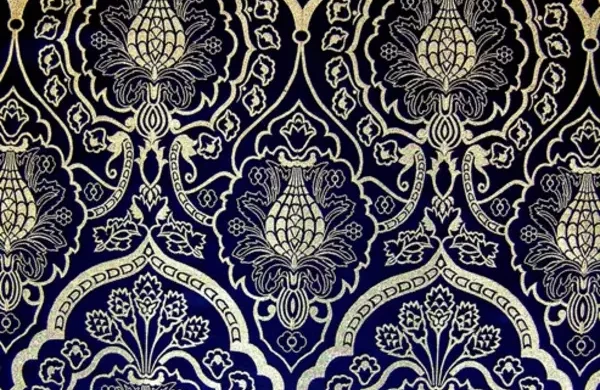
Special ecclesiastical fabrics for pastoral attire, like stoles and chasubles, use intricate patterns with silks, rayons, and gold/silver threads. The Wakefield pattern, with black and gold threads, offers varied textures and a reversible design—use it as a gold fabric with black accents or a black fabric with gold accents.
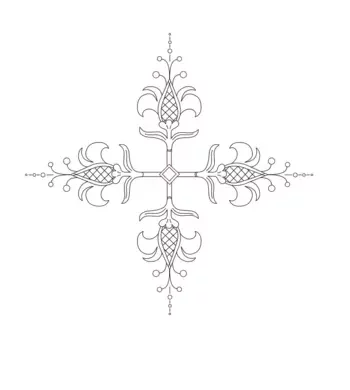
Fleur Cross Liturgical Embroidery Design
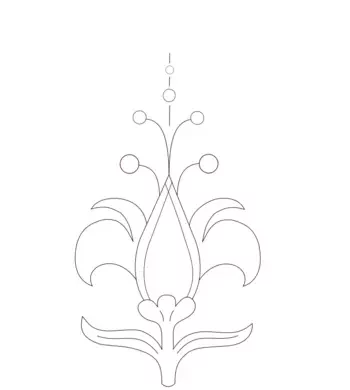
Creating new hand embroidery designs for Church Vestments and church linens.
– The Fleur de lis which symbolizes purity and often represents the Trinity. The Virgin Mary and the angel Gabrielle are also represented by the Fleur de lis. This particular design is also reminiscent of the pomegranate.
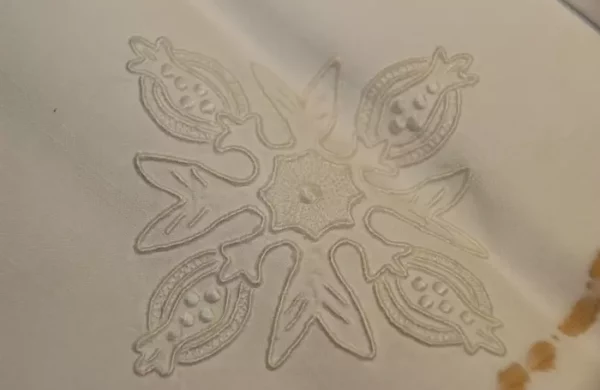
New altar linen project, a quick peek at some photos of whitework embroidery on linens.
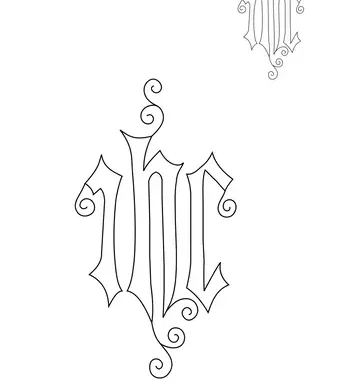
This vintage Ecclesiastical Hand Embroidery Design, originating from a Boston monastery over 100 years ago, still bears the pounce powder from its original use. The intricately perforated design on thin tracing vellum paper is tiny—merely 2 to 3 inches in size. The IHC hand embroidery is elegantly simple and clean, sparking ideas for stitching options. Considerations include a trailing stitch for the outline with a seed stitch filling or even a straightforward split stitch outline.
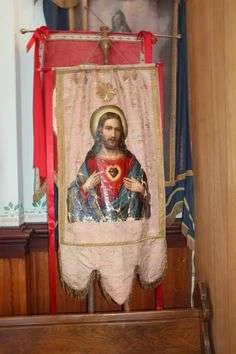
Embroidery is a perfect medium for use on banners, a true labor of love, provided there are skilled embroiderers available for the work required. But sadly, there were times when this level of devotion may not have been possible for a banner. When embroidery was not an option, banners were sometimes hand-painted like these Banners located at the Ursuline Center.
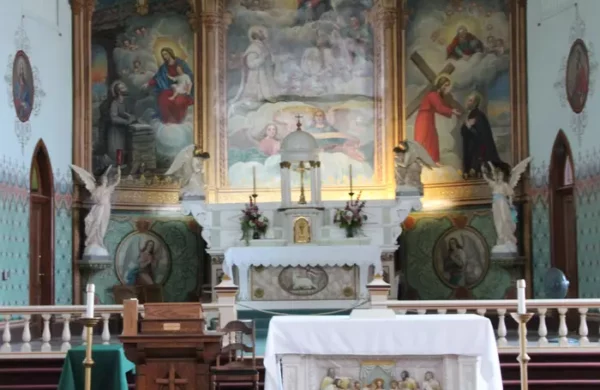
St. Ignatius Mission. The Mission is in the tiny town of St. Ignatius, MT, at the southern edge of Flathead Lake, and about forty miles north of Missoula. This is one of those remote churches that have been on the “Must See” list. With a trip to Glacier Park, it was the perfect time to visit.
Back to Ecclesiastical Projects – Soon For all of you patiently waiting for a new post, never fear. The Ecclesiastical Sewing blog has not dropped off the face of the planet….or at least not quite. I have been enjoying a few weeks off with family, and visiting some remote places that are nearly off the map. Fortunately, I have found my way out of the backcountry of Glacier Park and will be back to work posting new Ecclesiastical Sewing Projects next week. Until then, happy summer. Solo Dei Gloria… Read more Back to Ecclesiastical Projects – Soon →
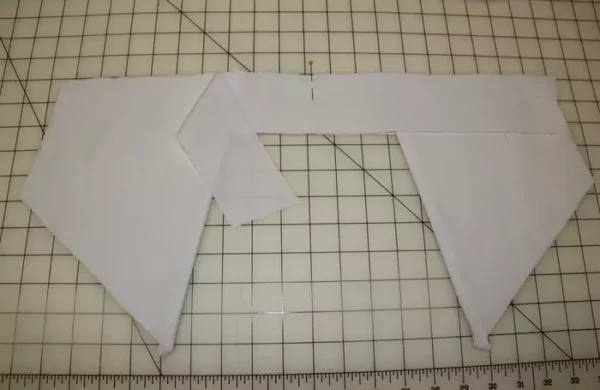
There are many styles of surplices worn by clergy. The most common styles are a round neck surplice and a square neck surplice which is often referred to as a Roman Surplice.
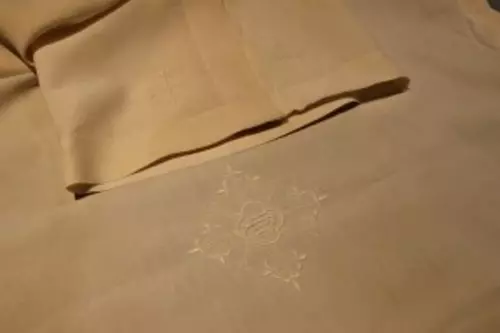
This antique Fair Linen, while stained, and scorched, with holes from a too-hot iron on one end, features a lovely hand-embroidered IHC motif in the center of the Altar Linen, surrounded by four smaller cross designs for the corners. Worked completely in white threads, the Ecclesiastical Embroidery is still lovely amid the linen stains of age. The central hand embroidery design is relatively small, considering the Fair Linen is wide and long
You must be logged in to post a comment.